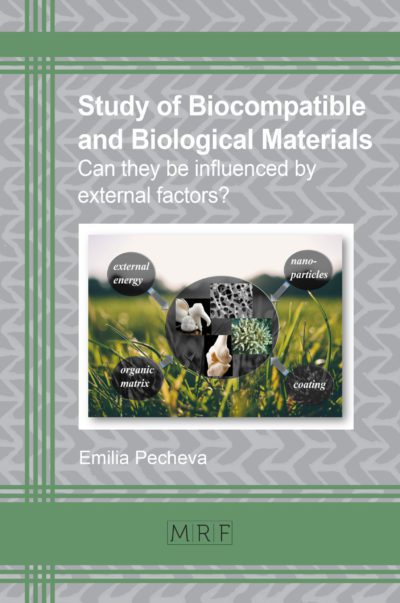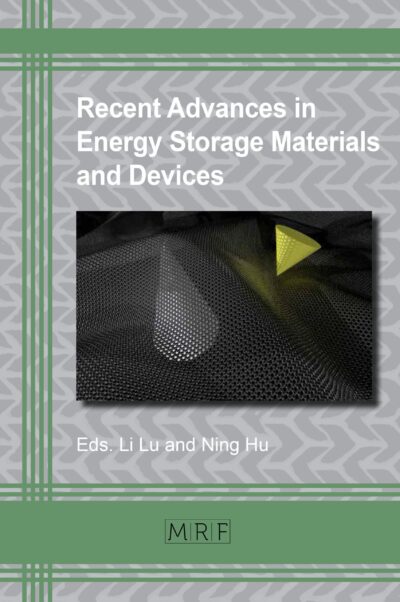Photoelectrochemical Water Splitting
Materials and Applications
Eds. Inamuddin, Rajender Boddula, Mohammad Faraz Ahmer and Abdullah M. Asiri
Materials Research Foundations Vol. 71
Publication Date 2020, 220 Pages
Print ISBN 978-1-64490-072-7 (release date April, 2020)
ePDF ISBN 978-1-64490-073-4
DOI: 10.21741/9781644900734
Photoelectrochemical (PEC) water splitting is a highly promising process for converting solar energy into hydrogen energy. The book presents new cutting-edge research findings in this field. Subjects covered include fabrication and characteristics of various electrode materials, cell design and strategies for enhancing the properties of PEC electrode materials.
Keywords
Renewable Energy Sources, Solar Energy Conversion, Hydrogen Production, Photoelectrochemical Water Splitting, Electrode Materials for Water Splitting, Transition Metal Chalcogenide Electrodes, Narrow Bandgap Semiconductor Electrodes, Ti-based Electrode Materials, BiVO4 Photoanodes, Noble Electrode Materials, Cell Design for Water Splitting
Table of Contents
Transition Metal Chalcogenides for Photoelectrochemical Water Splitting
M.B. Costa, M. Medina, M.A.S. Andrade Jr., D. Coelho, L.H. Mascaro
Selection of Materials and Cell Design for Photoelectrochemical Decomposition of Water
G. Keerthiga
Interfacial Layer/Overlayer Effects in Photoelectrochemical Water Splitting
Rohit Shrivastav, Gurpreet Kaur, Divya, Vibha R Satsangi and Sahab Dass
Narrow Bandgap Semiconductors for Photoelectrochemical Water Splitting
Sonal Singh, Rishabh Sharma and Manika Khanuja
Ti-based Materials for Photoelectrochemical Water Splitting
Chin Wei Lai, Nur Azimah Abd Samad, Mohd Rafie Johan
BiVO4 Photoanodes for Photoelectrochemical Water Splitting
Hyungtak Seo, Basanth S. Kalanoor, Shankara S. Kalanur
Noble Materials for Photoelectrochemical Water Splitting
Bijoy Tudu, Rajashree Bortamuly, Pranjal Saikia
Related topics:
https://en.wikipedia.org/wiki/Photoelectrochemical_cell














